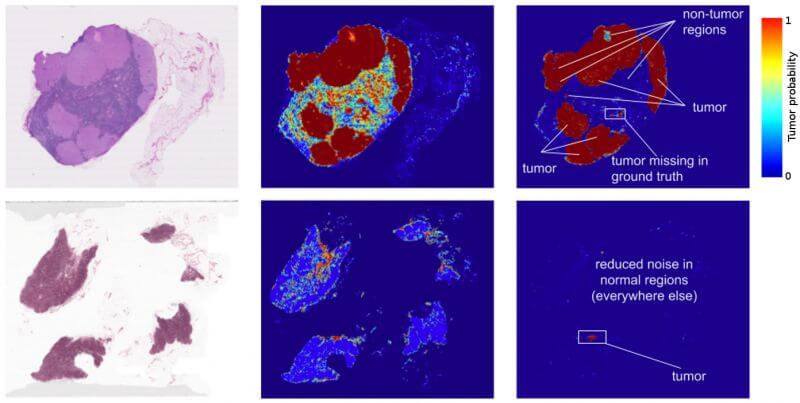Kubernetes - the orchestration system taking over the DevOps world

ADVERTISEMENT
Table of Contents
Introduction
Kubernetes, which is commonly called K8s, is a type of orchestration system for various container technologies, such as “rkt” and “Docker,” which are currently taking over the DevOps scene. Right now, it’s available through Google Cloud and Azure, as a managed service, which further highlights it’s growing popularity and use.
Kubernetes help to speed up the development process. How? By making automated, easy deployments, updates (referred to as rolling-updates) and by managing your services and apps with virtually zero downtime. Even better, Kubernetes offers self-healing benefits. It can detect and even restart services if a process crashes within a container. Those who are interested can learn more here about how this works.
This technology was originally developed by Google, it’s open-sourced since it was launched, and managed by a sea of contributors. Any developer has the ability to package up their applications and then deploy them using Kubernetes if they have basic Docker knowledge.
Getting Started with Kubernetes: Words to Know
When first getting started with Kubernetes, there are a few words you need to know and understand. These include:
Kubectl: Kubernetes CLI tool
Master Node: The primary machine controlling nodes and entry point for all tasks
Worker Node (AKA Minion): The worker machine that performs the tasks requested and controlled by the master node
Kubelet: The main node agent that ensures all containers are healthy and running
Kubernetes Pod: Has the ability to hose several containers and each pod has a unique IP address
Deployment: The blueprint for creating pods
Once you are familiar with the terminology, you are ready to learn what is needed to get started with Kubernetes.
A multi-step process
You need Docker, and you can download this online. One that is highly recommended is the “stable” version. There is code available online for you to ensure the Docker version you choose is working properly; however, the standard command is $ docker –version followed by $ docker run hello-world.
You will need to install Python on your system, and if you don’t currently have it, it’s available on the website. Once downloaded, log into Azure and enter the proper code $ az login to acquire a URL, along with an Authentication code.
The URL will take you to a page where you will enter the code. If this process is successful, you will then see the JSON object in the terminal with your account information. The next step is to enable the service providers, which allows you to create a cluster.
The Azure resources are deployed and managed by the resource groups. When creating a new resource group (which is the next step) you must give it a name and specify the location.
At this point, your code writing abilities will be put to the test. Creating a cluster with a single node requires the right code. Once this has been done, you can pass on the cluster’s credentials to kubectl.
Conclusion
There is a learning curve when it comes to working with Kubernetes. Take your time to get the hang of it and you will be able to harness its power and see what this technology is capable of.
Thanks for reading! Happy coding.
Final Notes
Recommended product: Coding Essentials Guidebook for Developers





